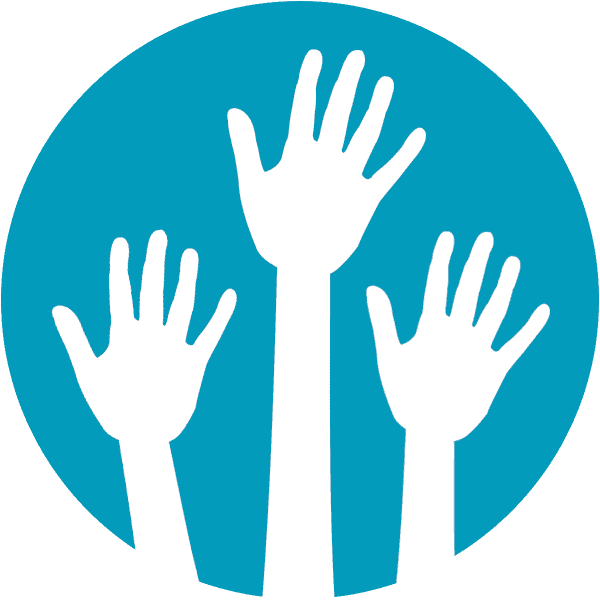DMRF Announces 2024 Grant and Fellowship Recipients to Propel Dystonia Research
The Dystonia Medical Research Foundation (DMRF), a leading non-profit organization dedicated to funding research to find a cure for dystonia, is proud to announce its 2024 grant and fellowship recipients.
This year, the DMRF awarded seven grants and fellowships totaling over $570,000 for basic and clinical dystonia research projects. These grants and fellowships will support scientists investigating the underlying causes and mechanisms of dystonia and developing new treatment strategies.
“We are thrilled to support this exceptional group of researchers whose work holds great promise for advancing our understanding and treatment of dystonia,” said Mark Rudolph, President of the Board at the DMRF. “Dystonia is a life-altering movement disorder and continued research is crucial to improving the lives of those affected and ultimately finding a cure.”
Grant Recipients:
Noreen Bukhari-Parlakturk, MD, PhD
Accelerating Personalized TMS Therapy for Focal Hand Dystonia
Duke University, Durham, North Carolina
Dr. Bukhari-Parlakturk will explore the effectiveness of transcranial magnetic stimulation (TMS) as a non-invasive treatment for dystonia. She will test the clinical effectiveness of this treatment on patients with focal hand dystonia and hopes to leverage her findings into a phase III clinical trial.
Katja Lohmann, PhD & Laura Scorr, MD
Role of the immune system in dystonia
University of Luebeck, Luebeck, Germany
Emory University, Atlanta, Georgia
Drs. Lohmann and Scorr are combining their extensive scientific resources and expertise to explore a less studied aspect of dystonia: the immune system function. They believe this study will lead to better diagnosis and treatment of dystonia.
Christian Schlieker, PhD
Systematic identification of cellular networks underlying dystonia
Yale University, New Haven, Connecticut
Dr. Schlieker intends to identify the genetic networks involved in DYT-TOR1A dystonia. The study will explore disease-causing gene networks that could become novel drug targets.
Meike van der Heijden, PhD
Relationship between cerebellar Purkinje and nuclei cell spike signals in dystonia
Virginia Tech University, Roanoke, Virginia
Van der Heijden seeks to further explore the neural mechanisms in the cerebellum that cause dystonia. By using mouse models to examine two different cell types found in the cerebellum, she hopes to uncover how changes in brain signals can cause dystonia.
Postdoctoral Research Fellows:
Abigail Wilson, PhD
An In Vivo Drug Repurposing Screen to Identify Novel Treatments for DYT-TOR1A Dystonia
University College London, London, United Kingdom
Dr. Wilson aims to find new drug treatments for patients with DYT-TOR1A dystonia. Using fly models with the same genetic mutation, she will test medications used for other disorders to see if they positively impact the dystonia symptoms. She hopes this will facilitate further therapetutic options for dystonia patients.
Lucia Feldmann, MD
Naturalistic neurophysiology for DBS therapy improvement in dystonia
Charité Hospital, Berlin, Germany
Dr. Feldmann will explore the effectiveness of deep brain stimulation by using a sensing-enabled neurostimulator to record brain electrical activity in dystonia. This study could lead to the development of personalized therapy for dystonia.
Clinical Fellow:
Tanziyah Muqeem, MD, PhD
Mentor: Nicole Calakos, MD, PhD
Duke University, Durham, North Carolina
Dr. Muqeem will begin her fellowship at Duke University in July 2024 and will spend the first year receiving clinical training while the second year will focus on clinical research.
About Dystonia and the DMRF:
Dystonia is a neurological movement disorder characterized by involuntary muscle contractions that cause twisting, repetitive movements or abnormal postures. It can affect any part of the body and can be extremely debilitating. The Dystonia Medical Research Foundation (DMRF) is the leading dystonia patient advocacy organization. Founded in 1976, the DMRF mission is to advance research toward improved treatments and a cure, promote education and awareness, and provide support resources to affected individuals and families.



